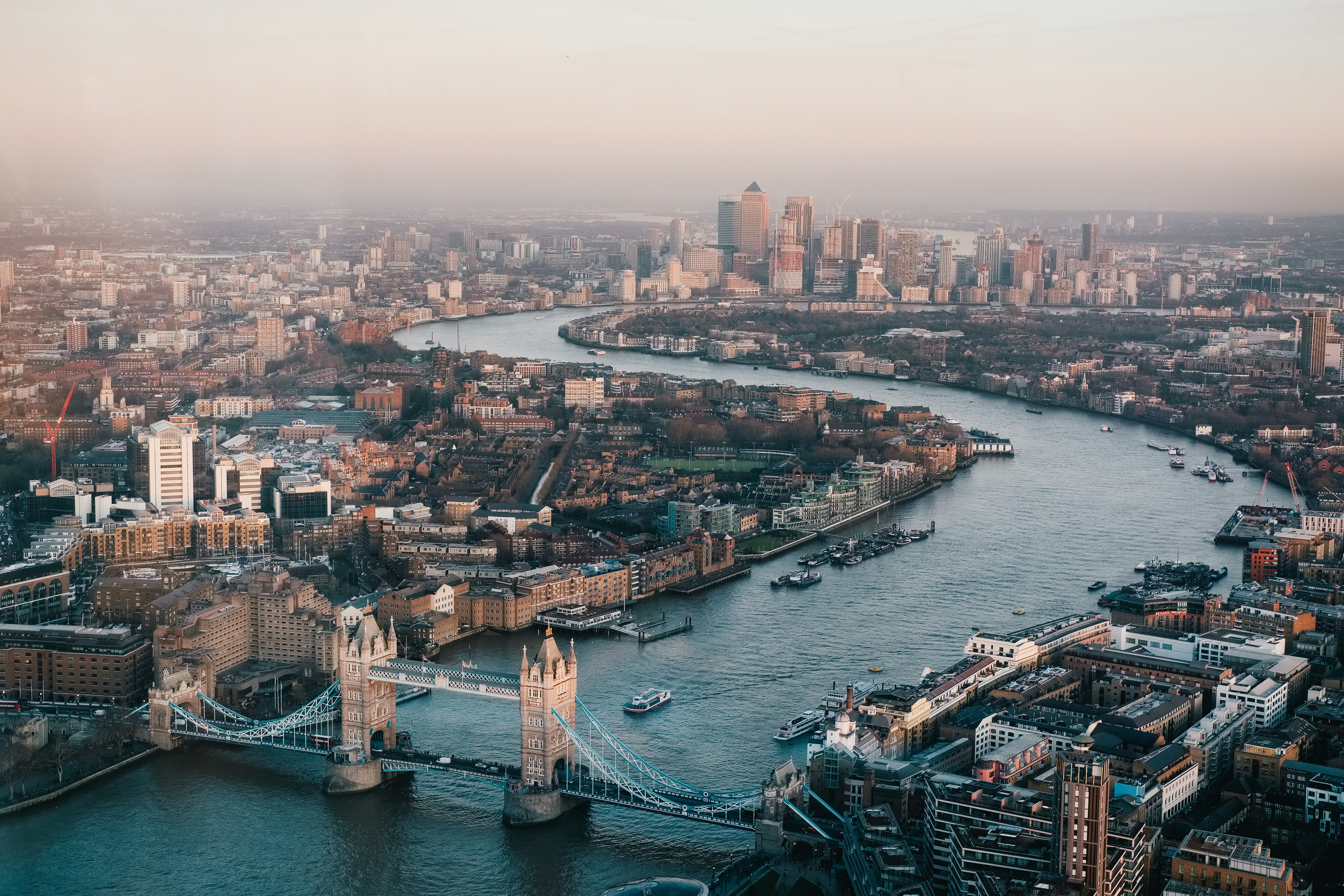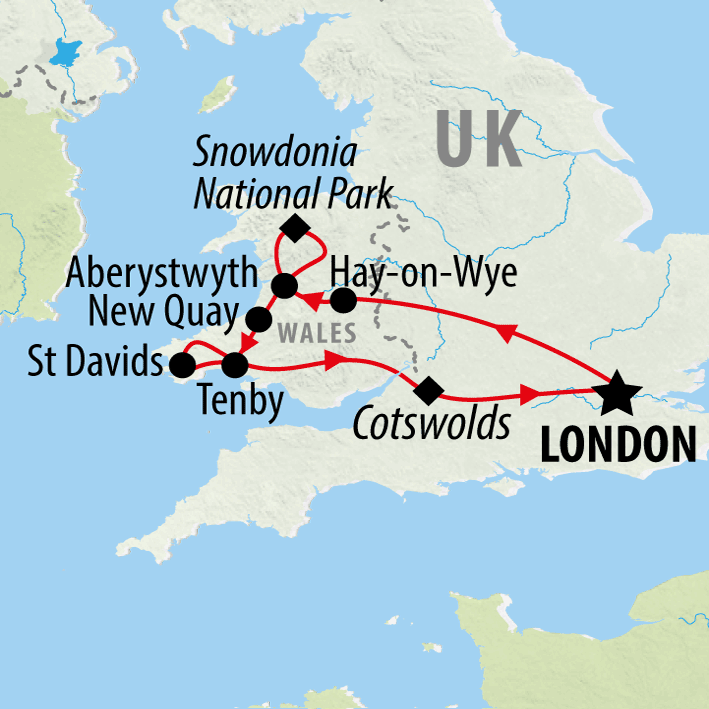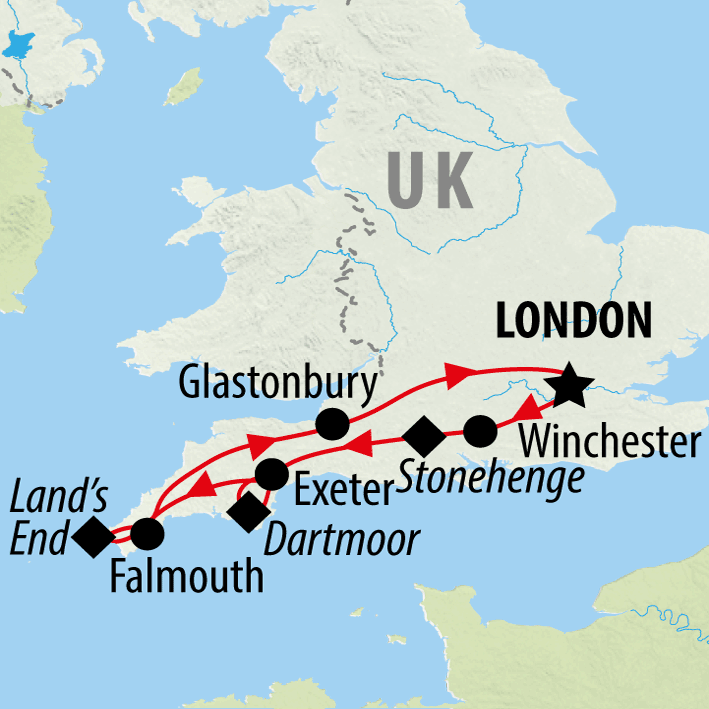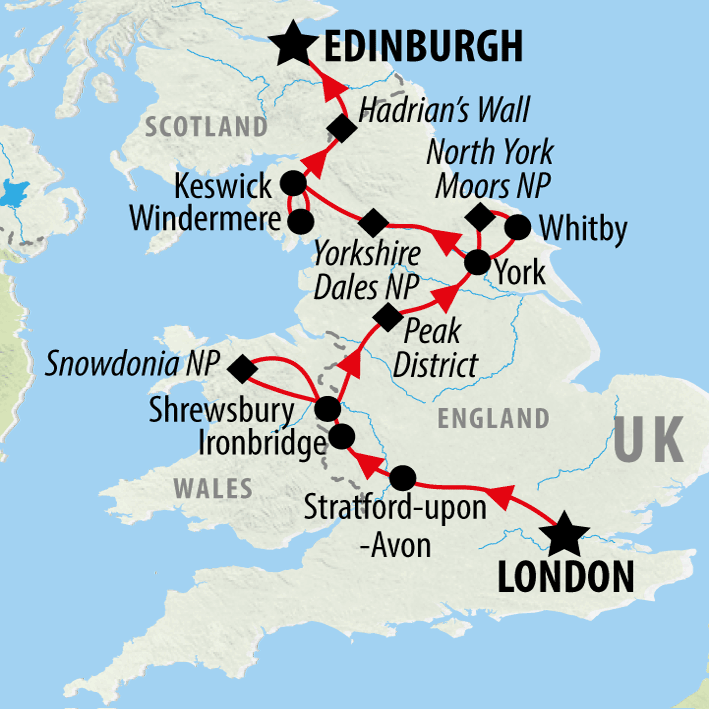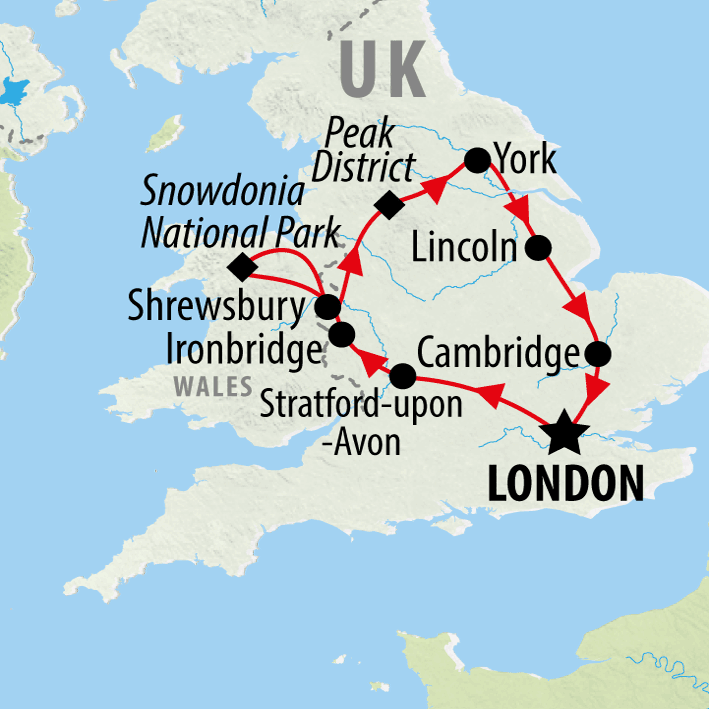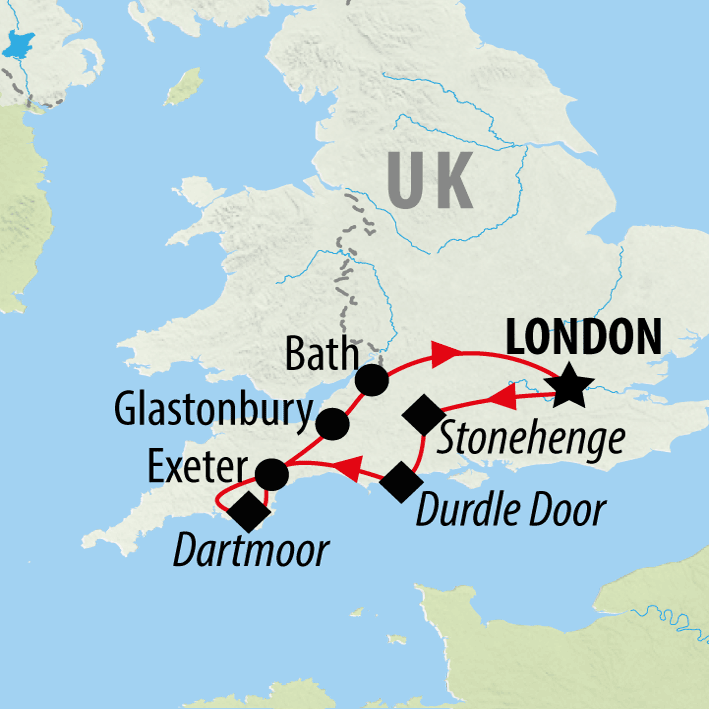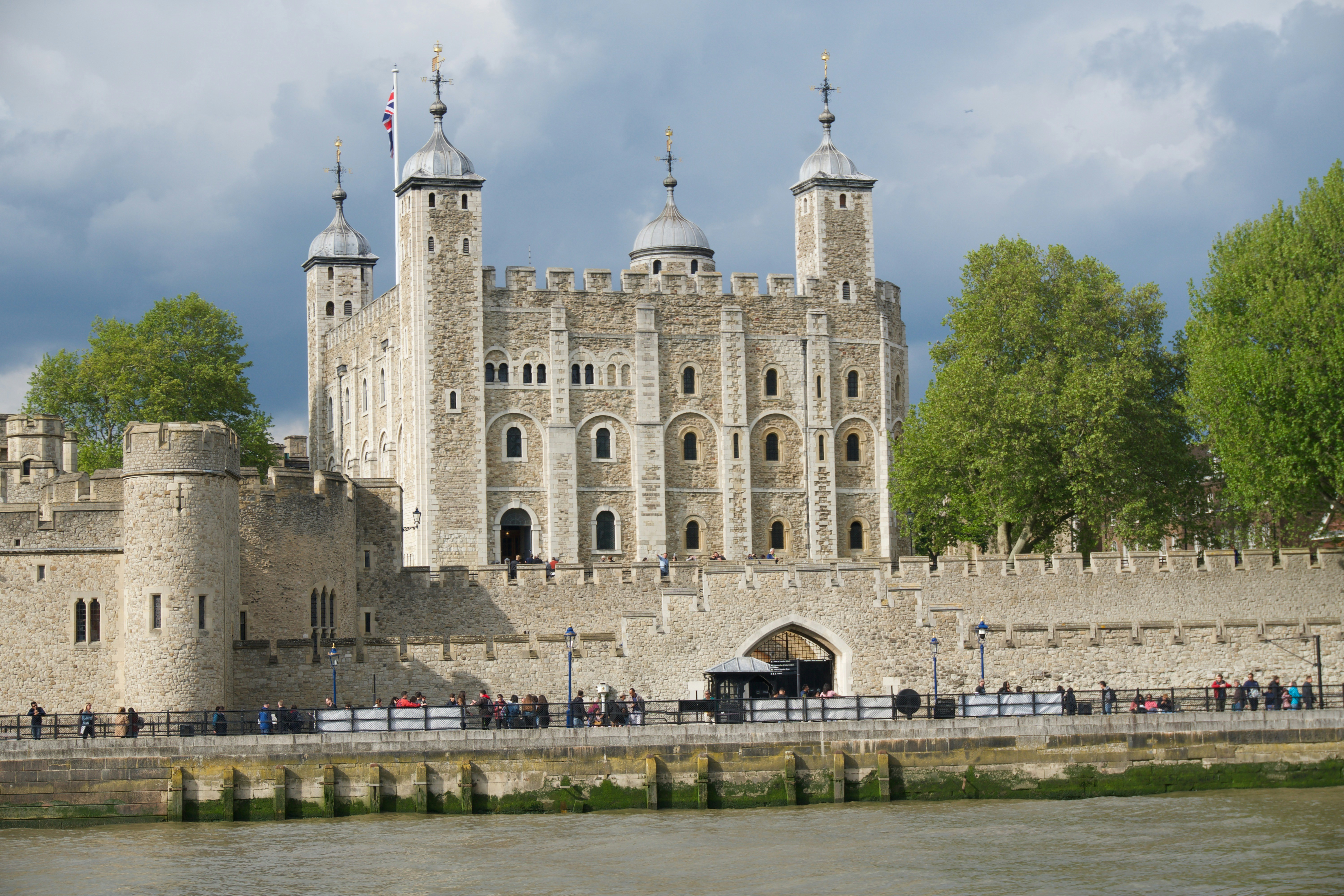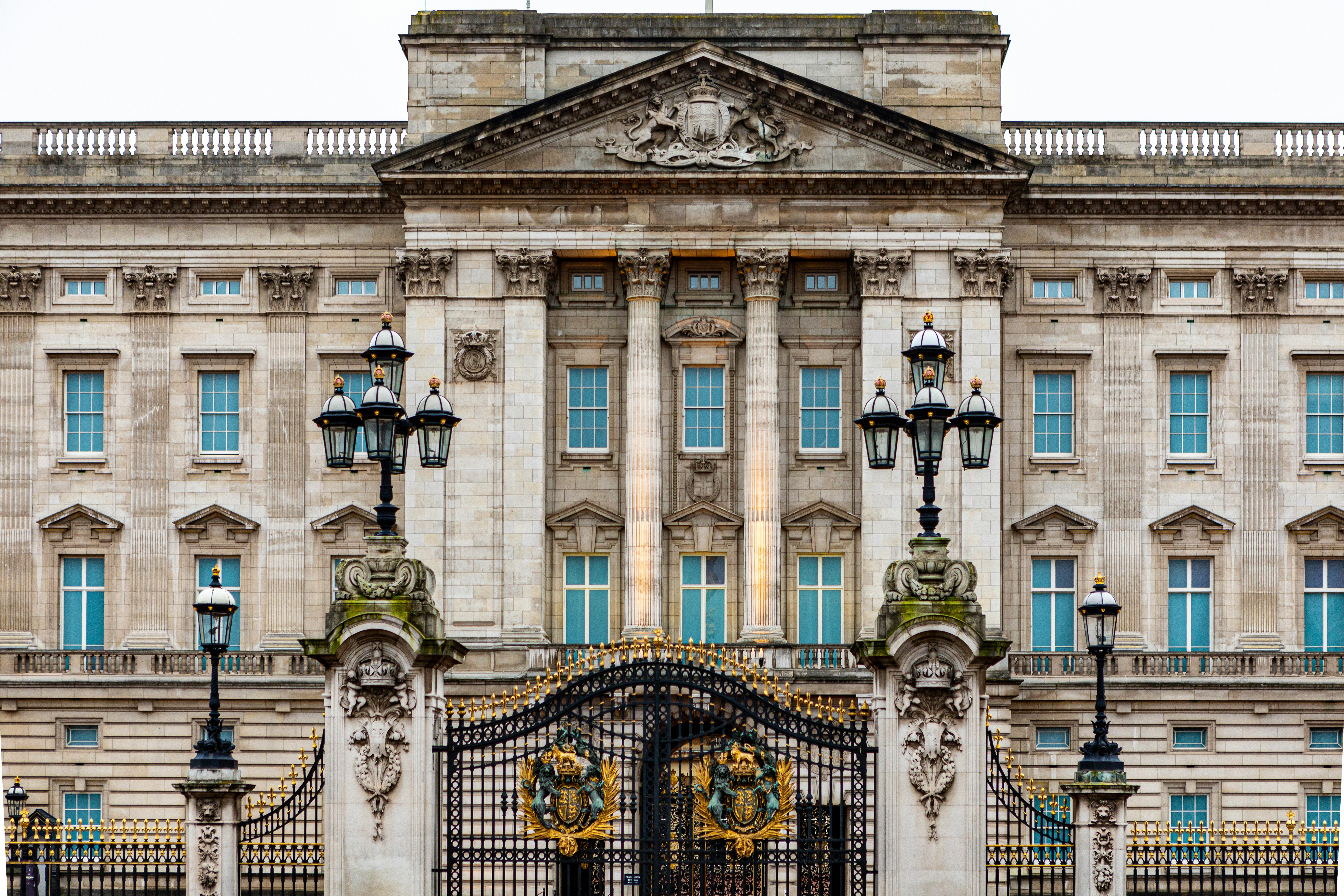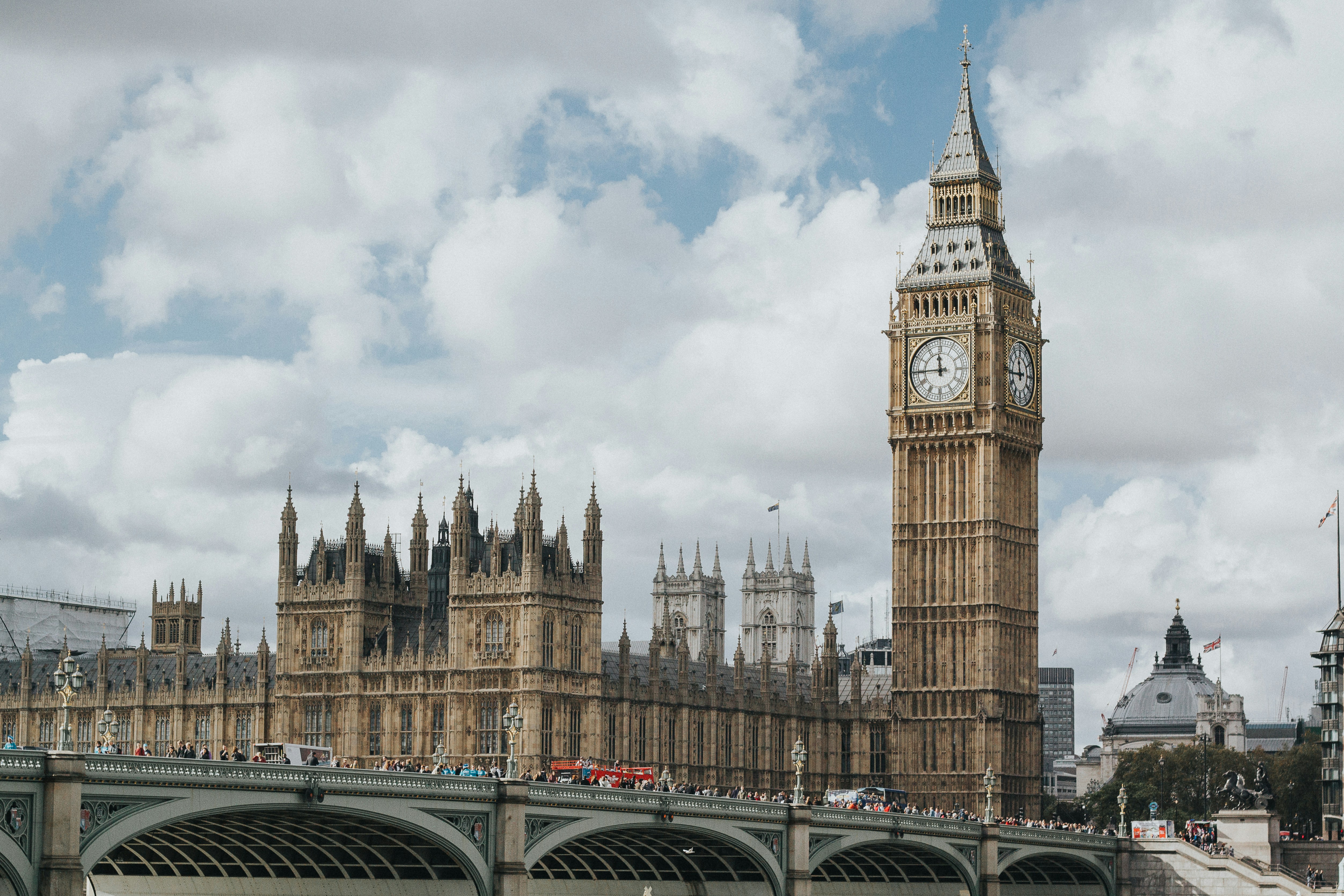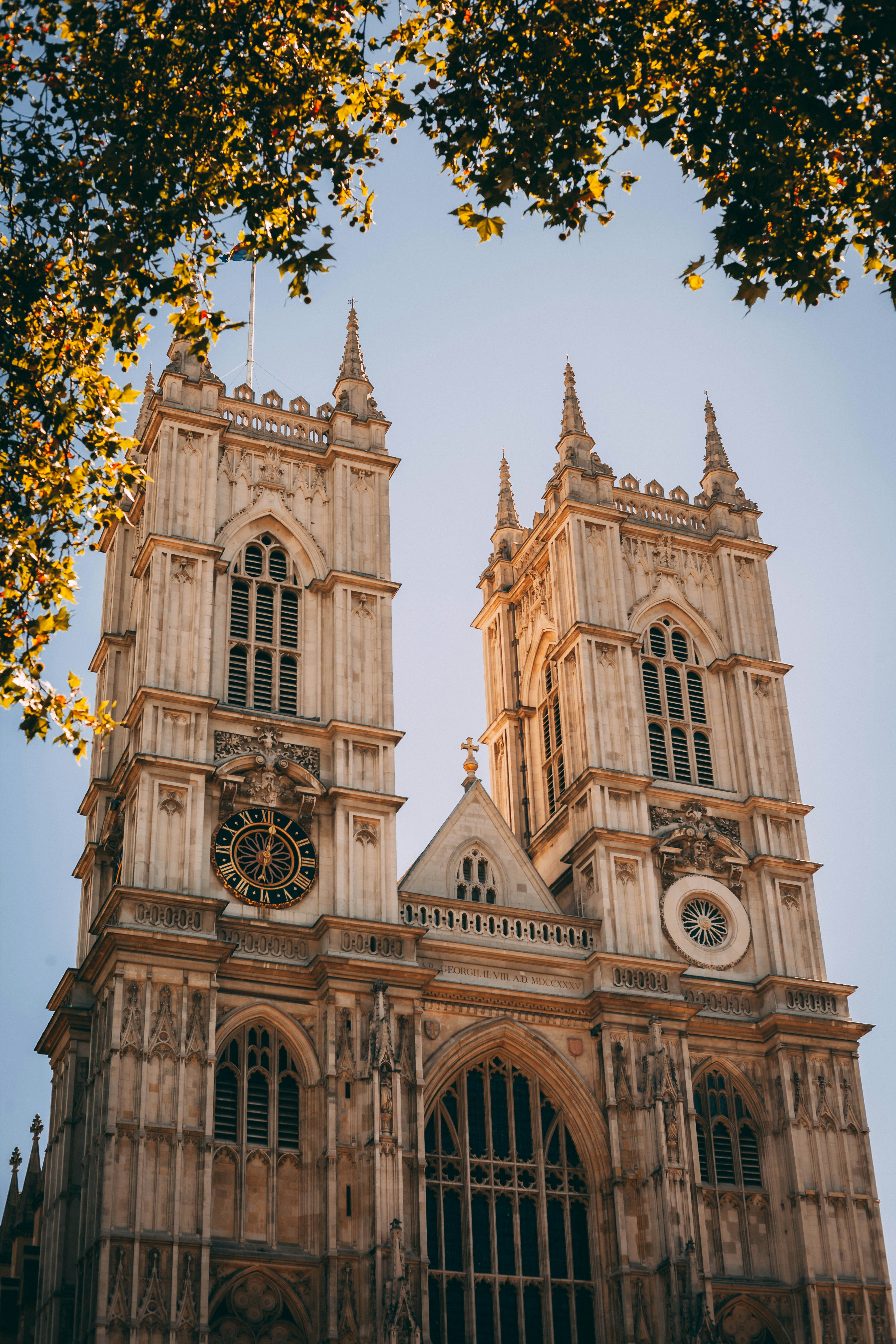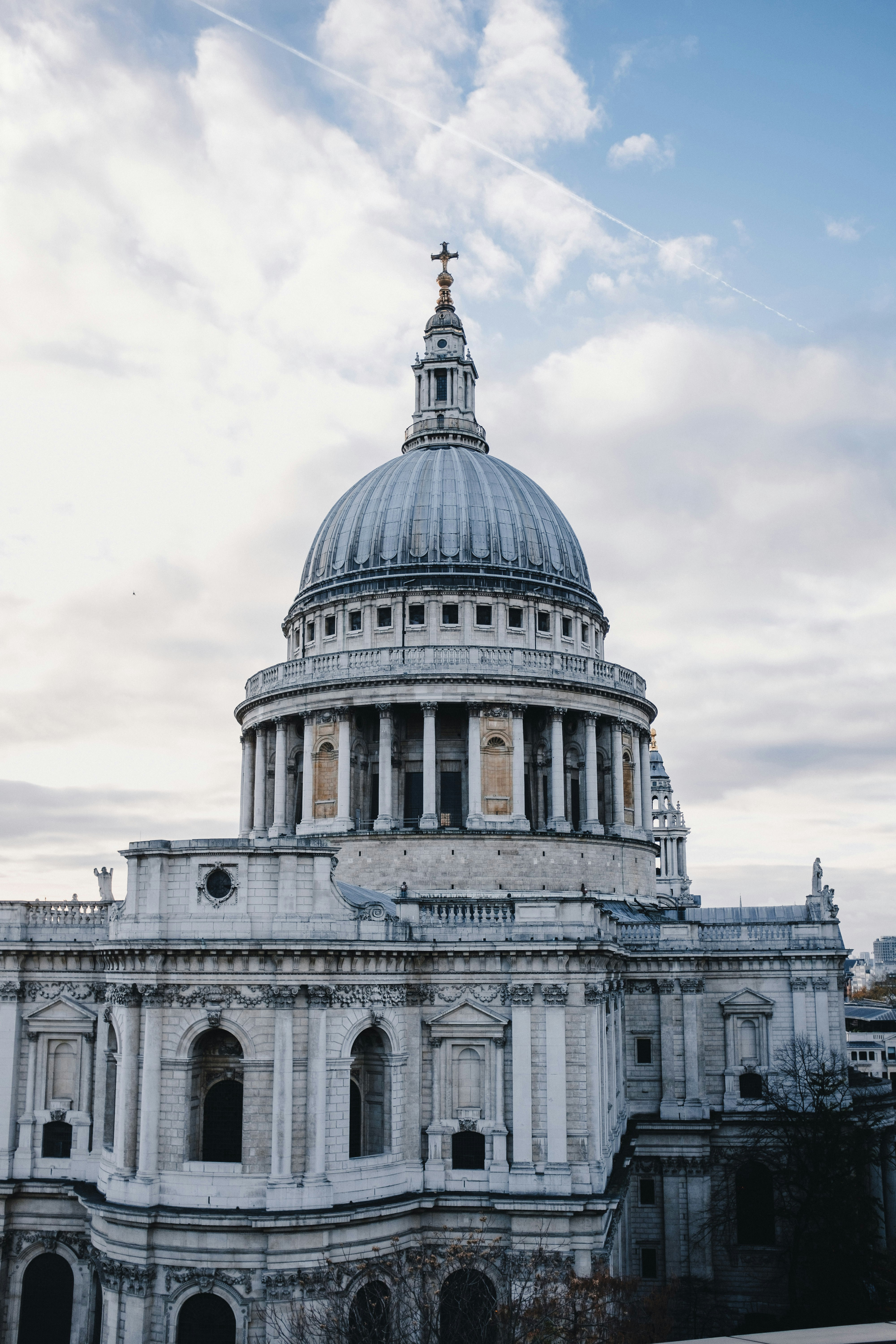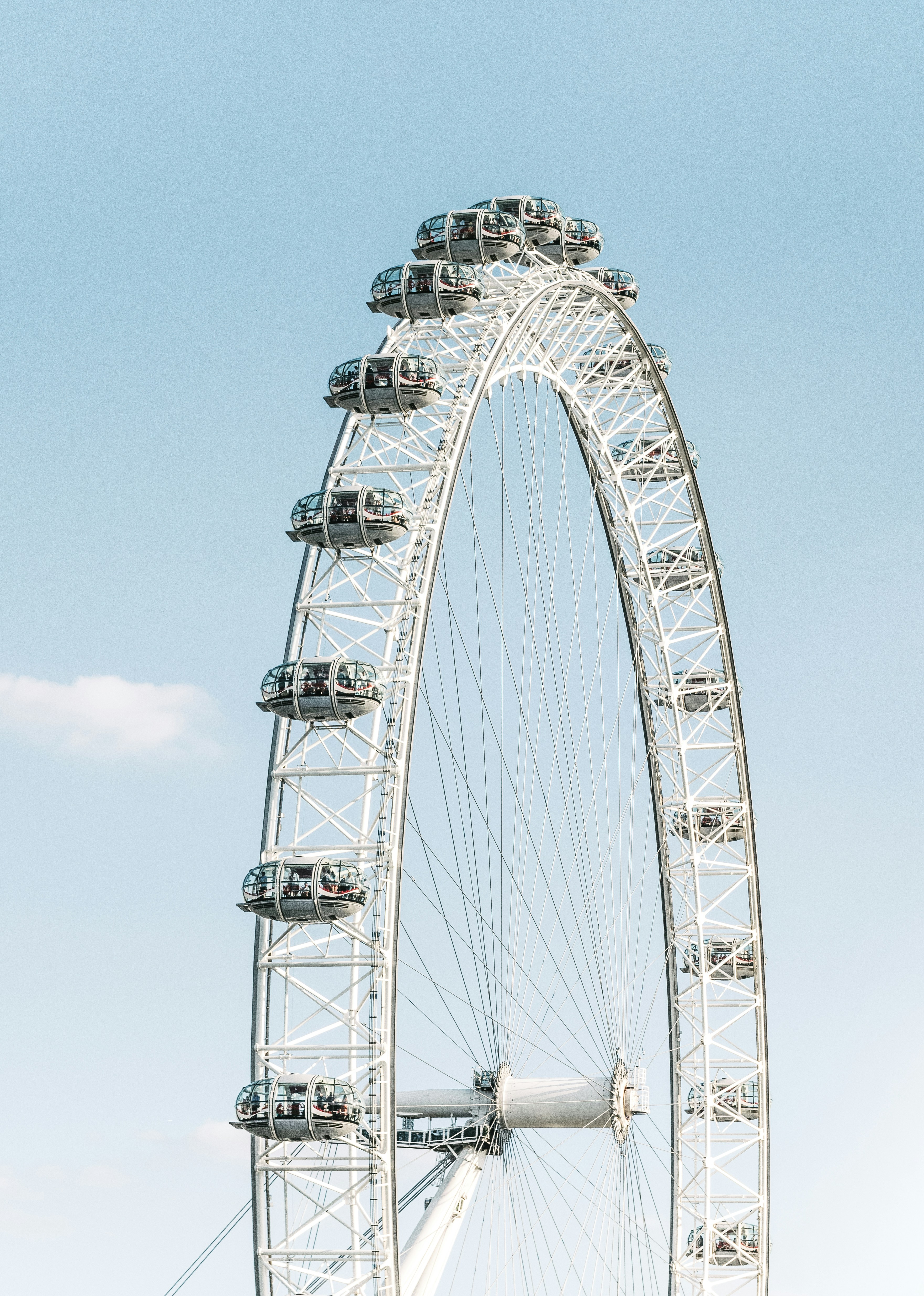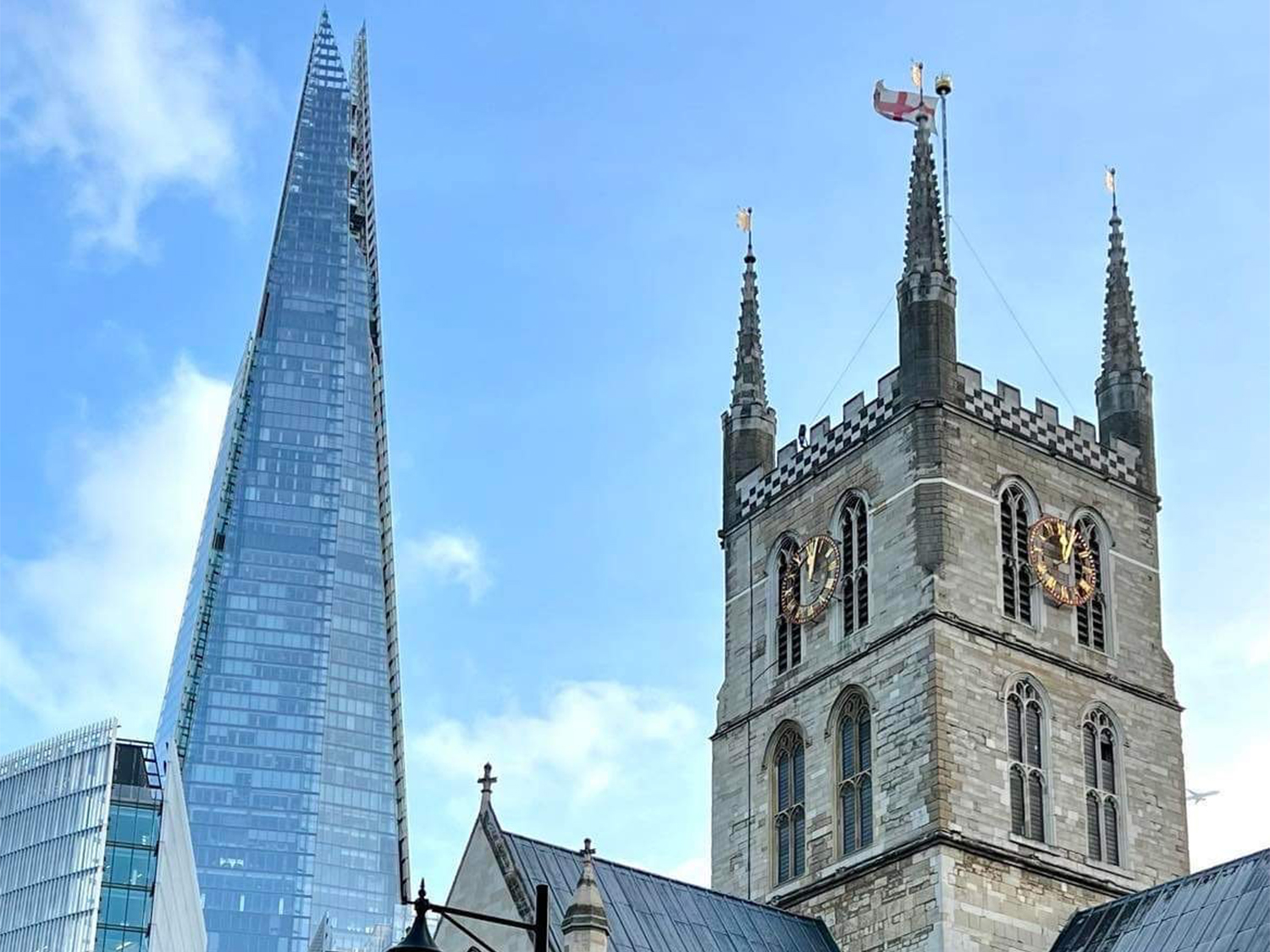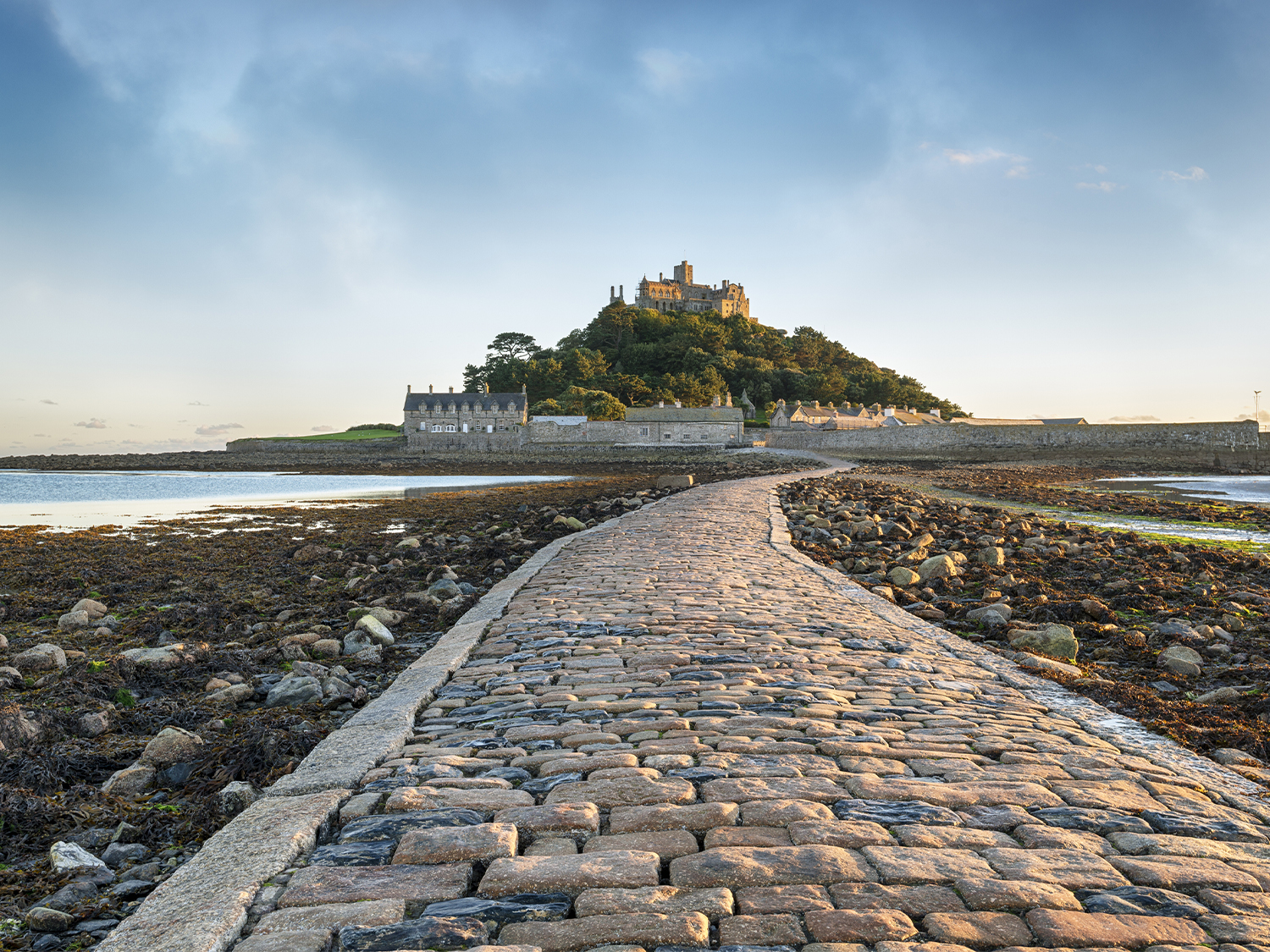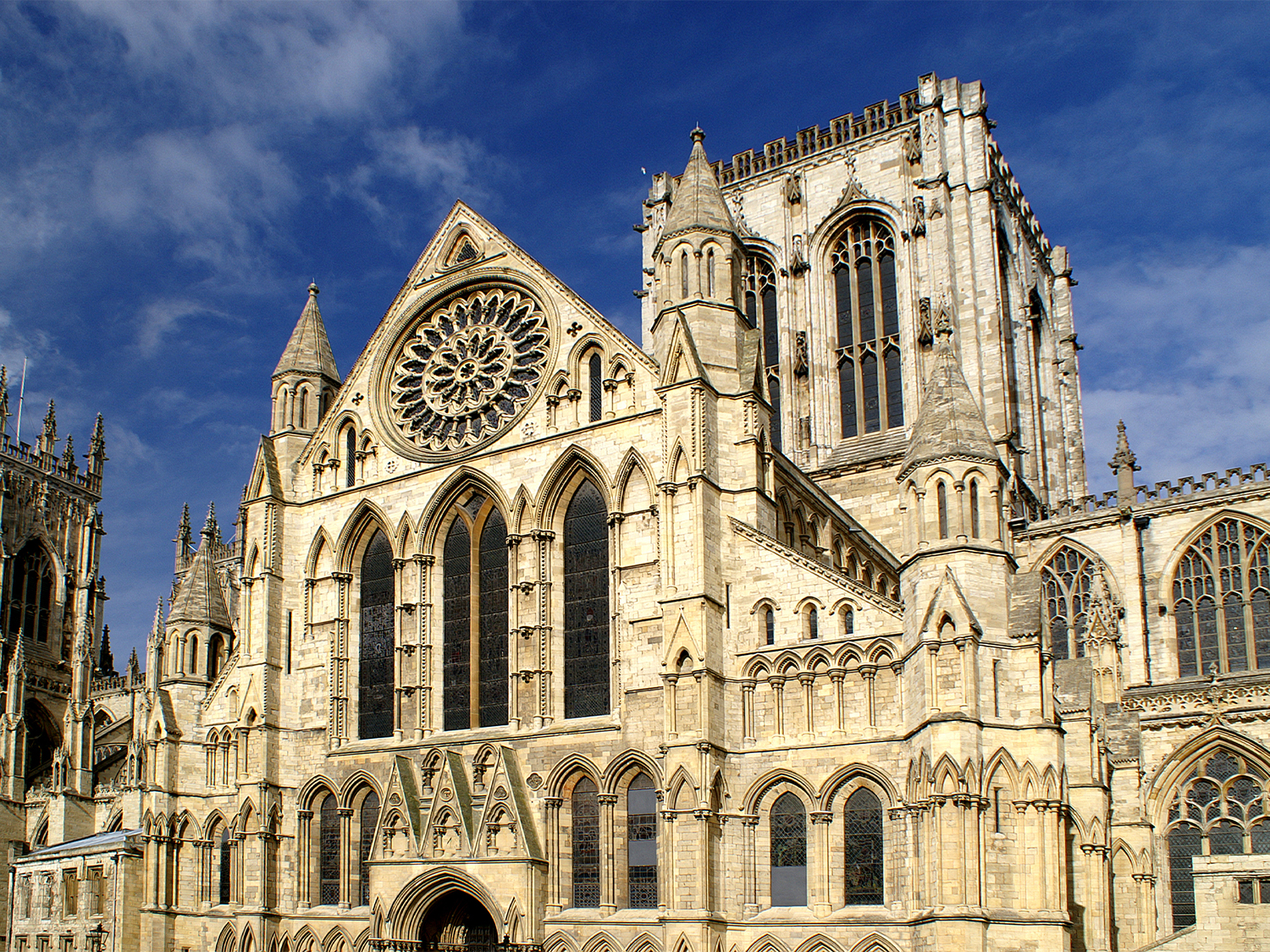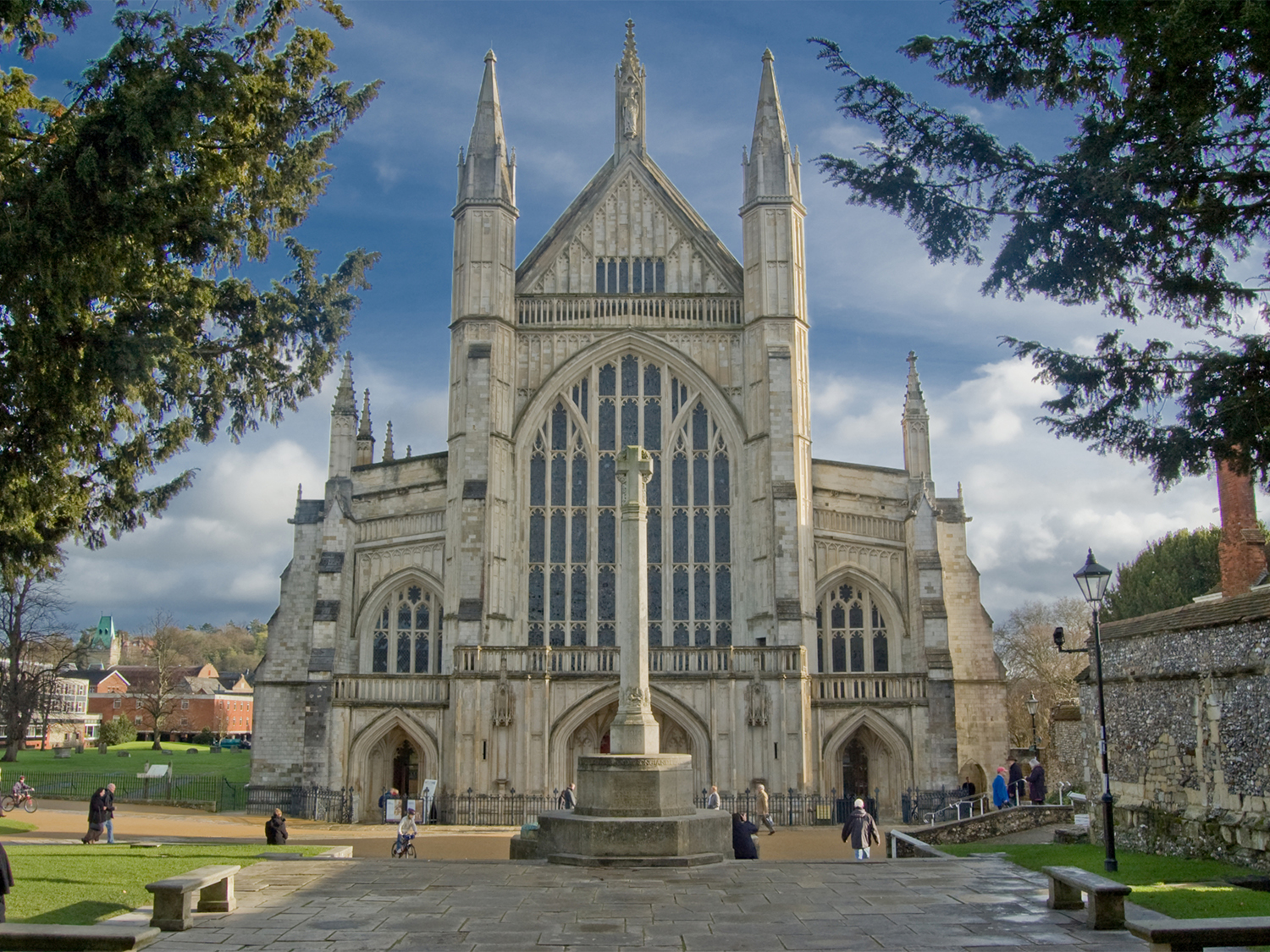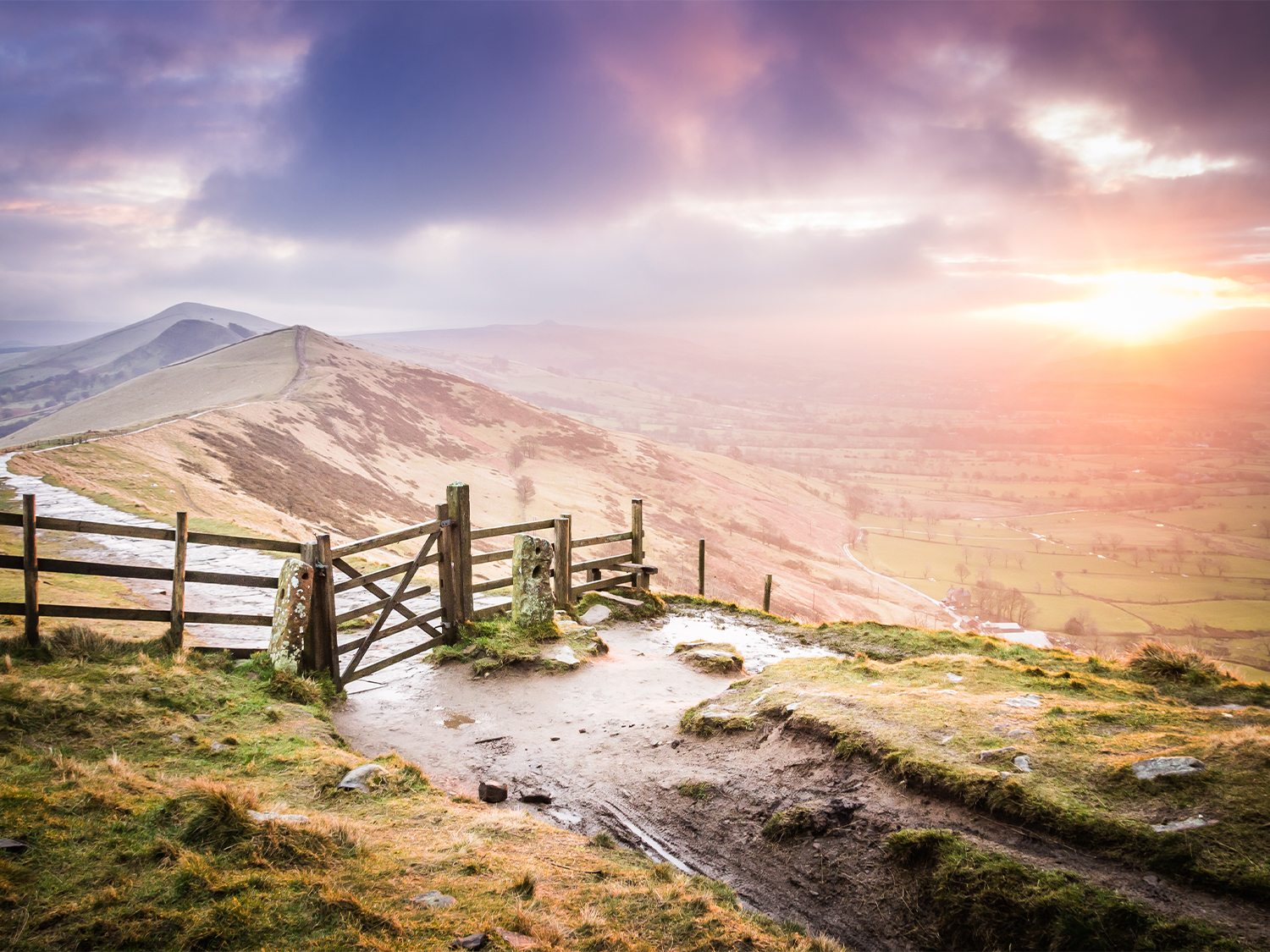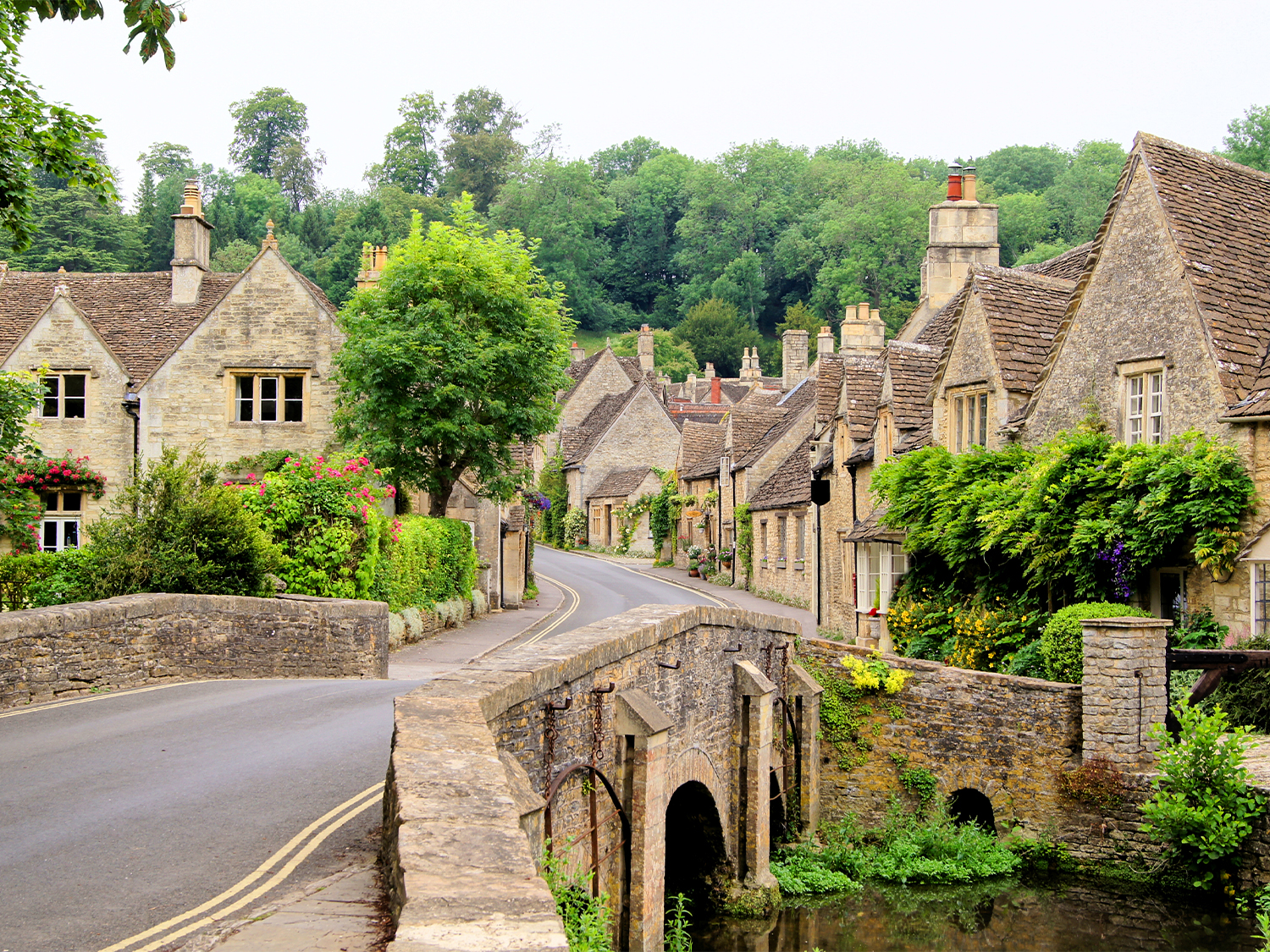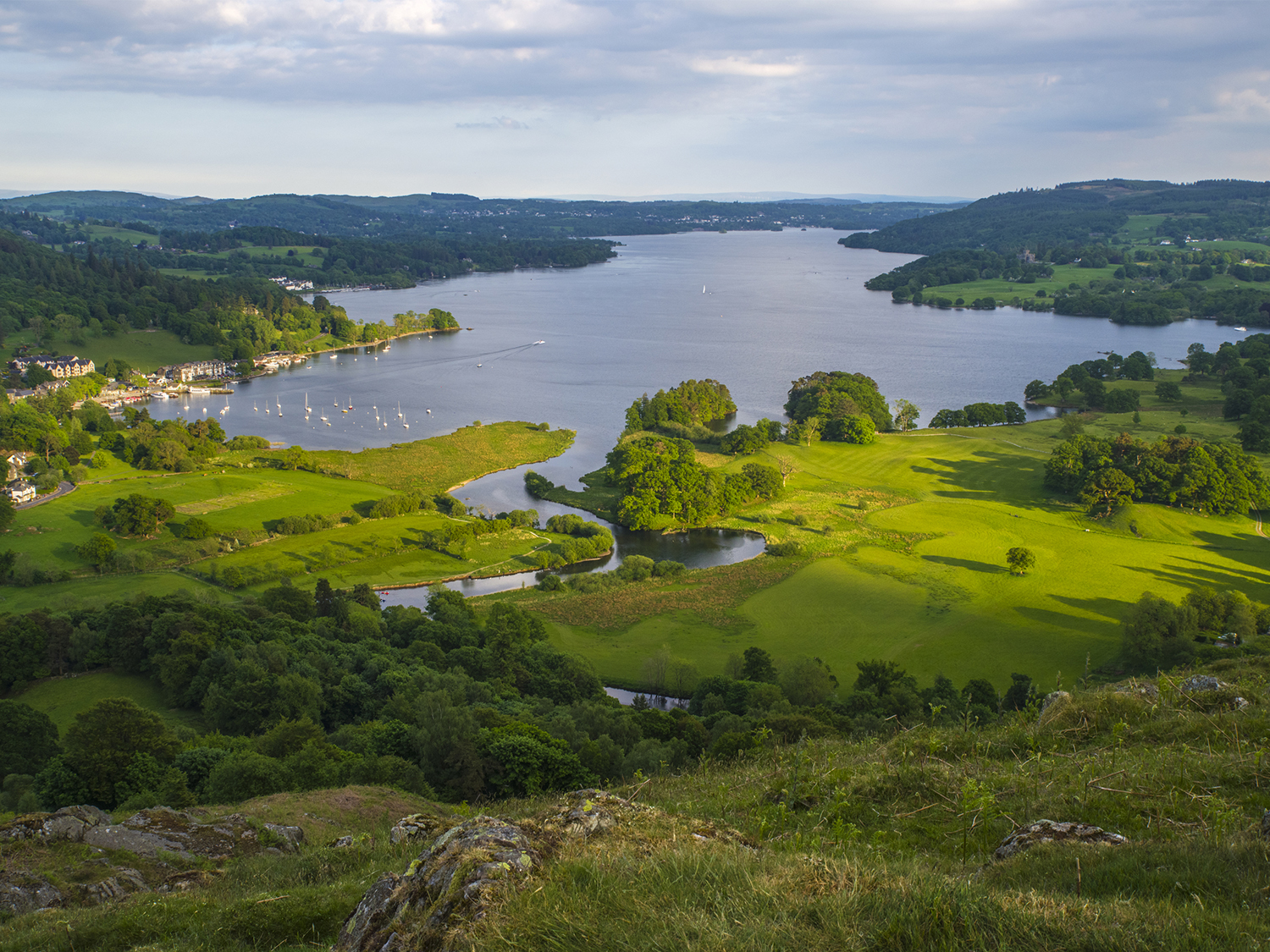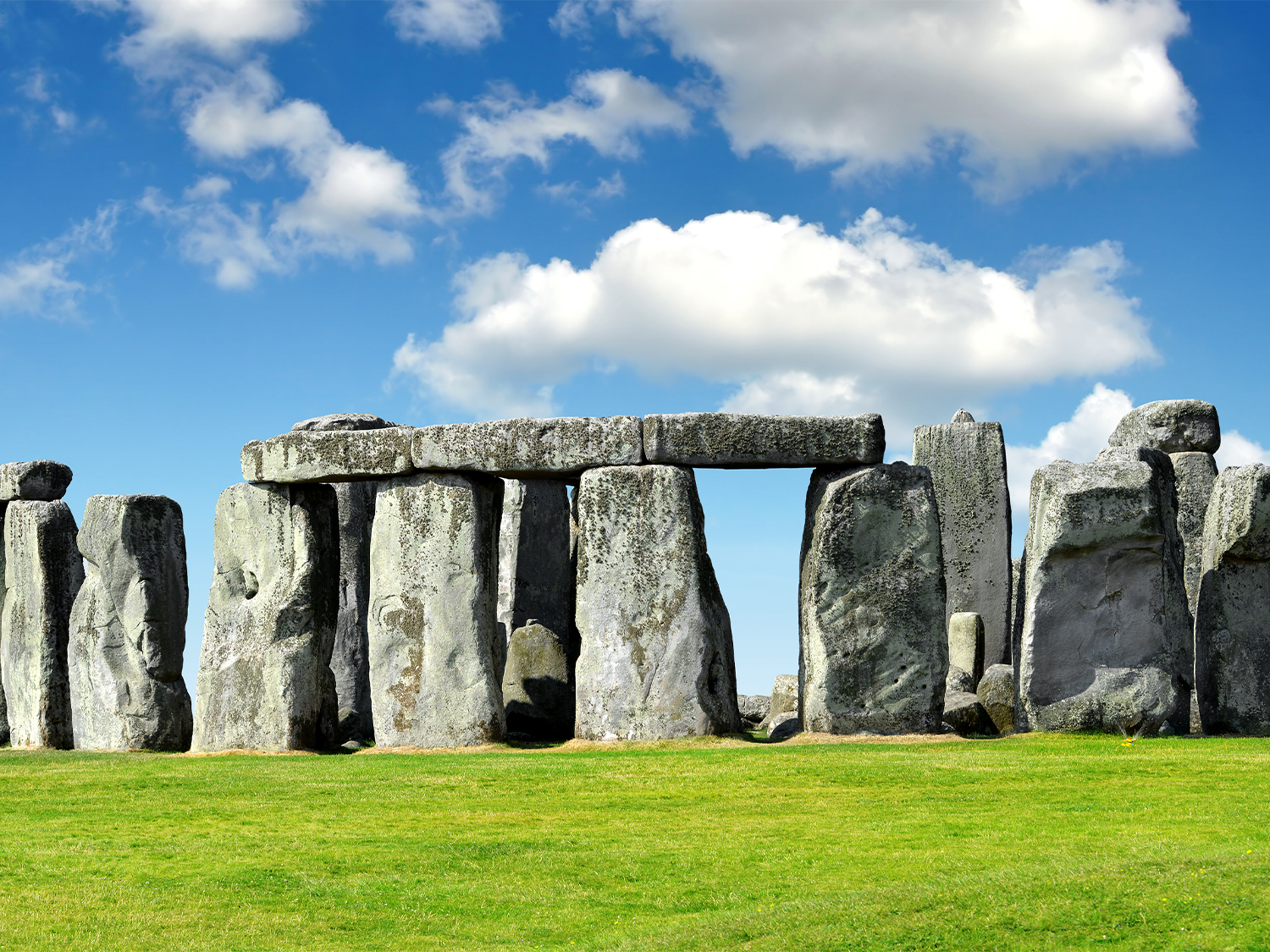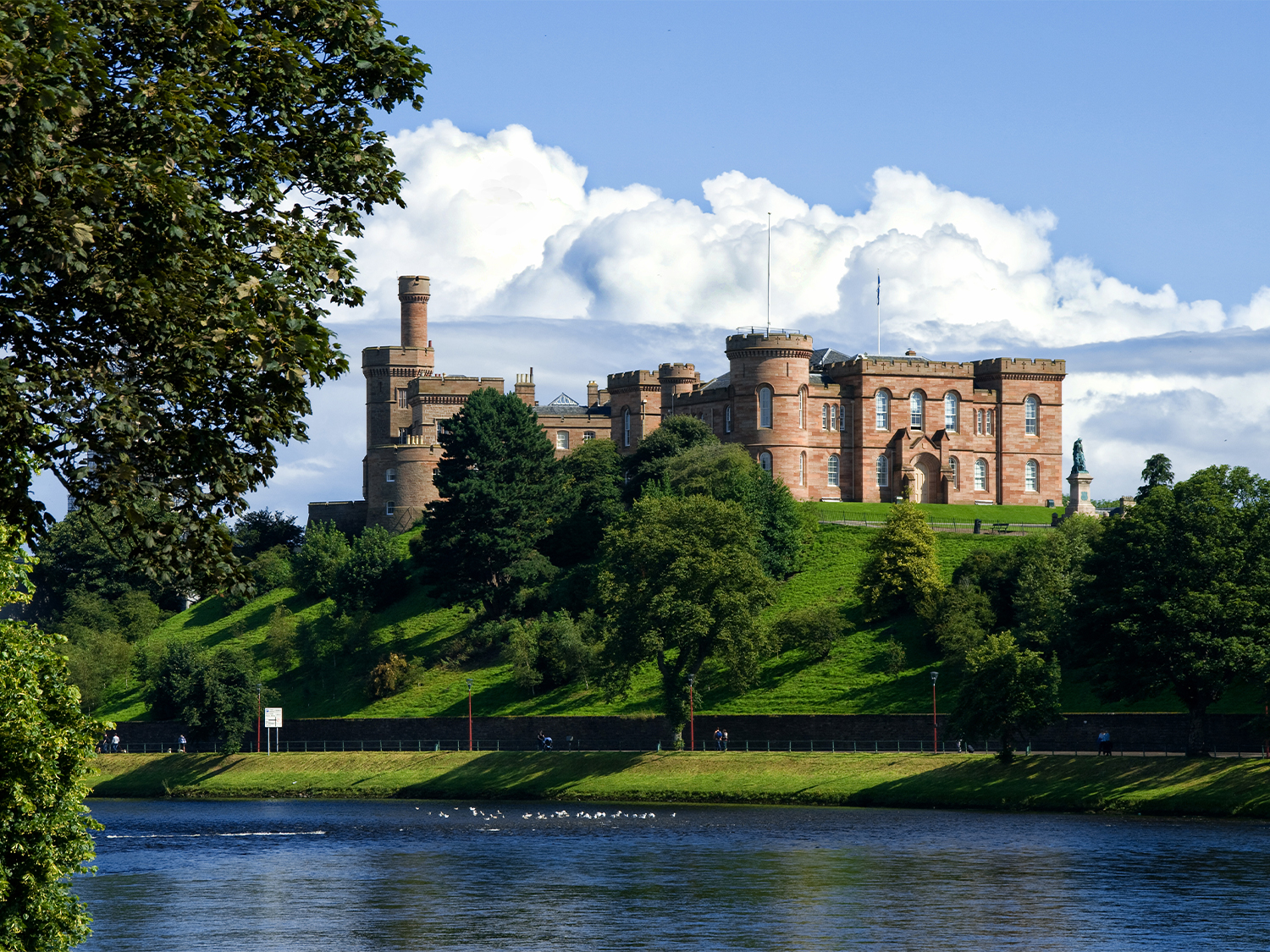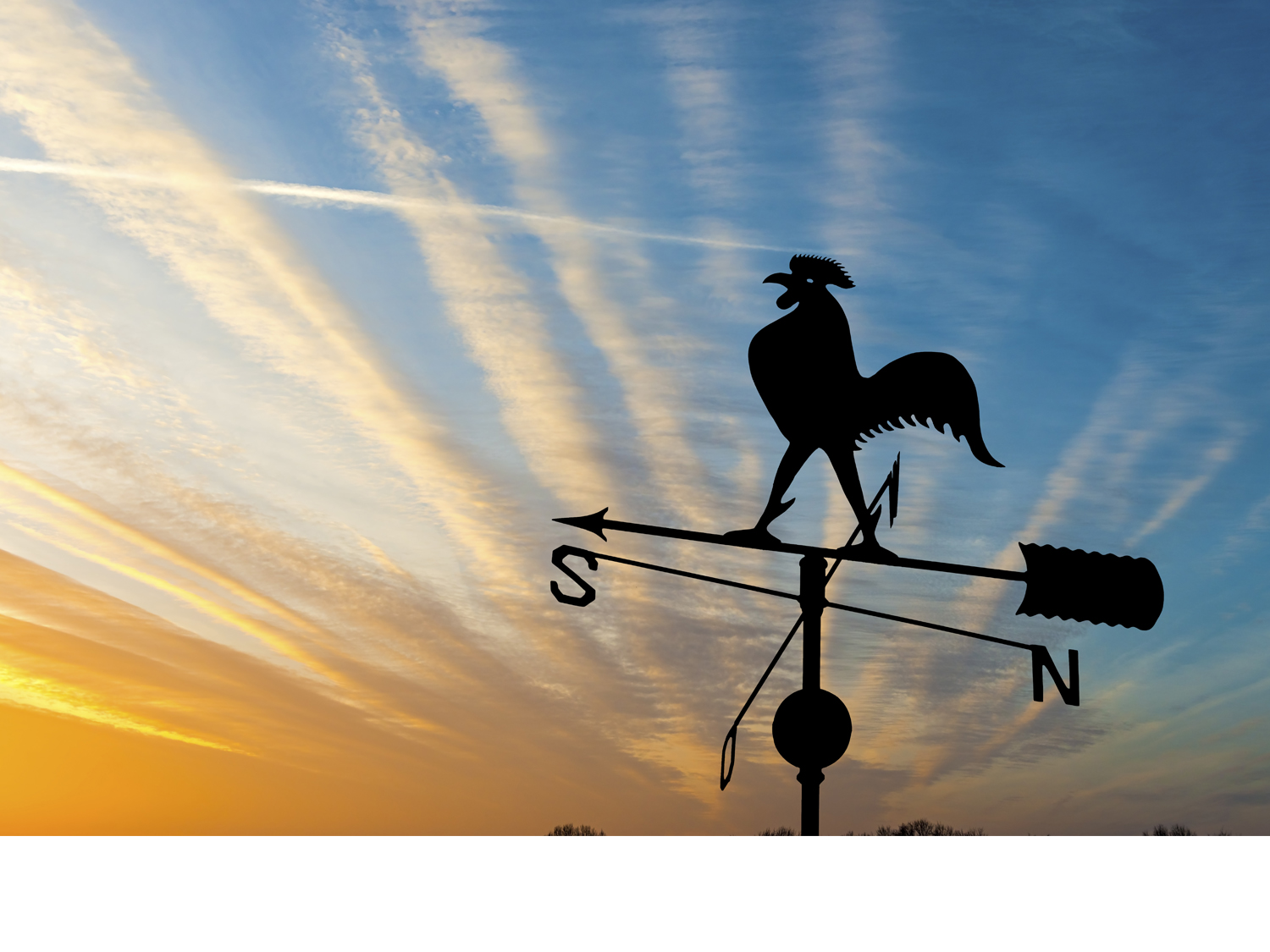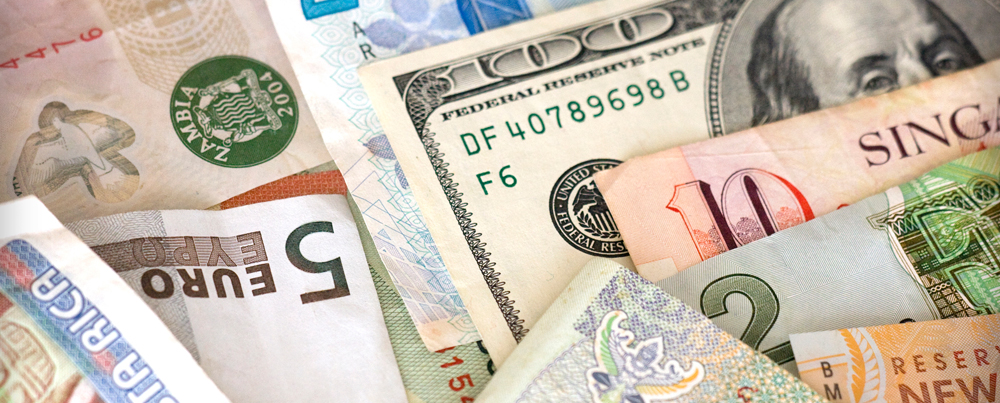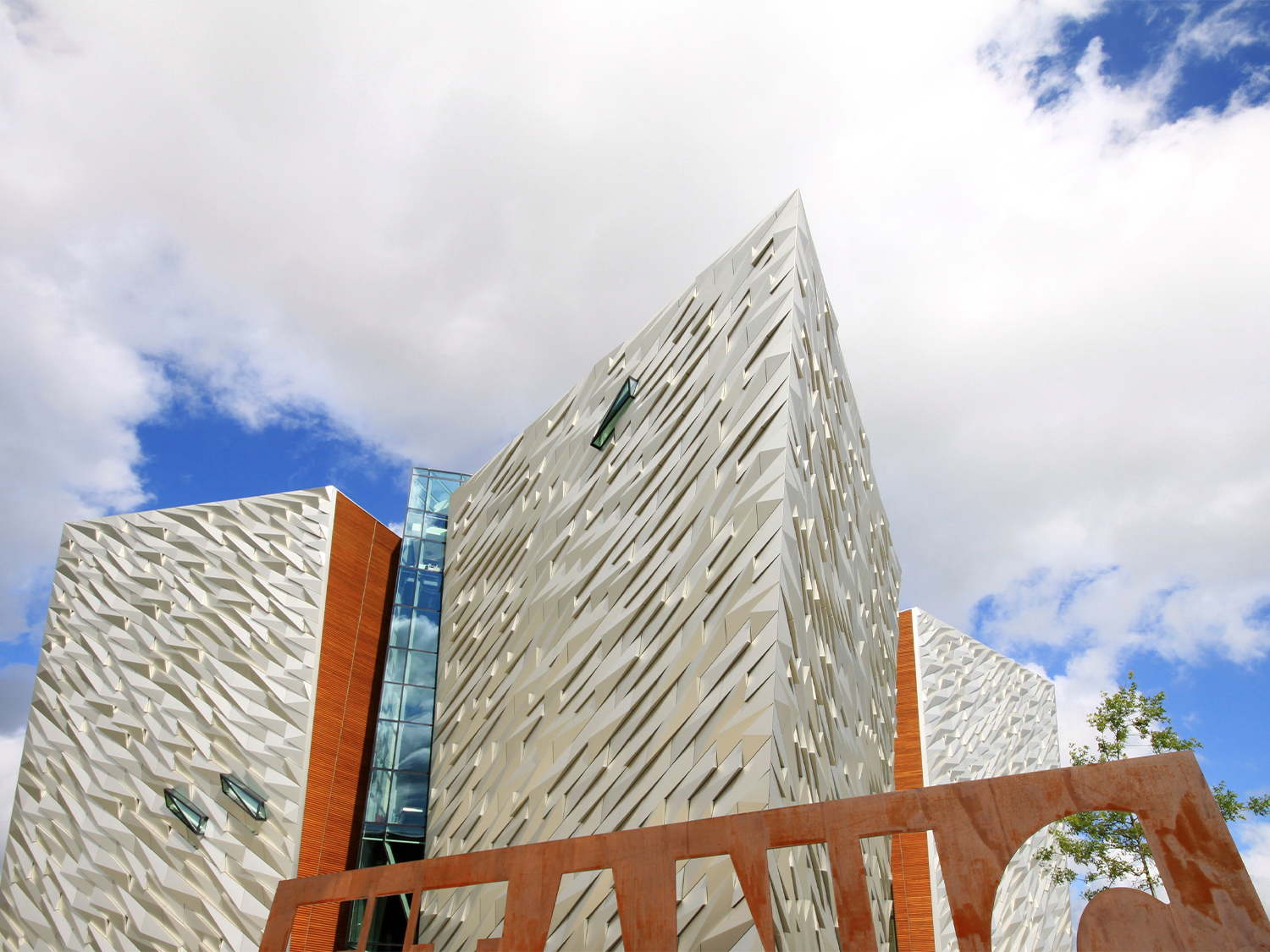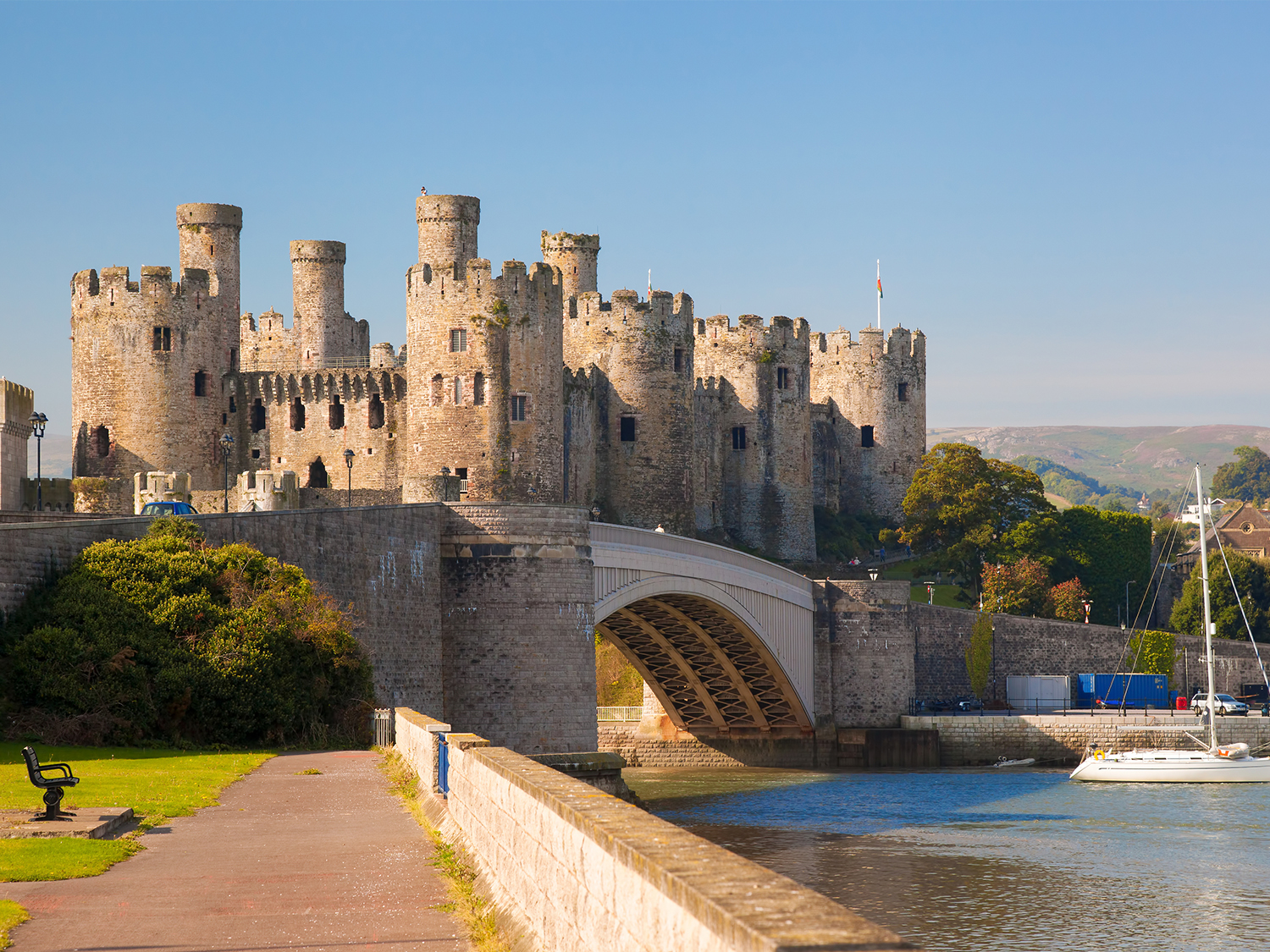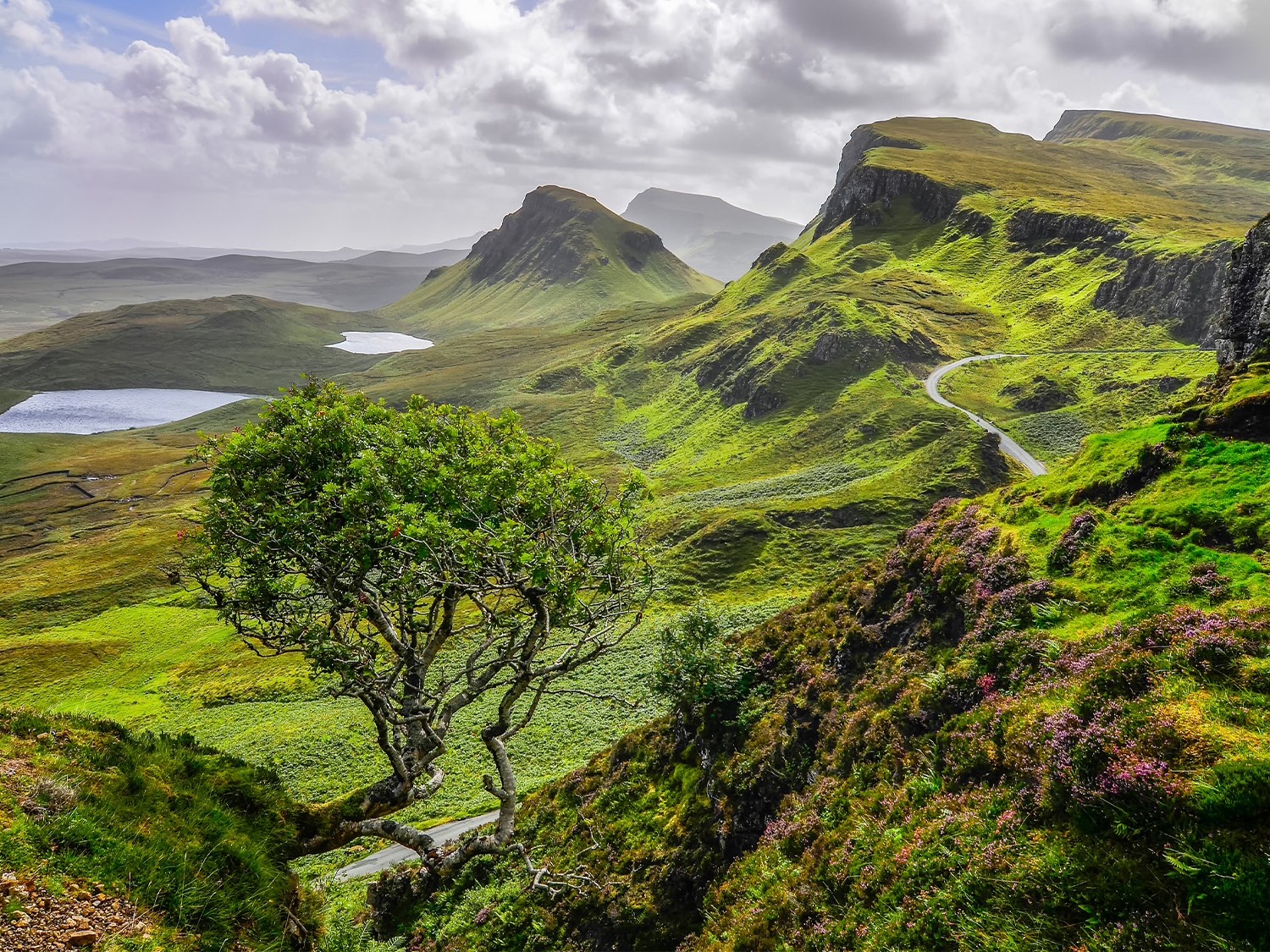London: The Start of our guided tours to EnglandTouring England? Welcome to your starting point
When do you want to go?
2024
I'm flexible
Passengers
Adults (18+)
Children (0 - 17)
Just Landed in London? Here is where your guided tour to England begins
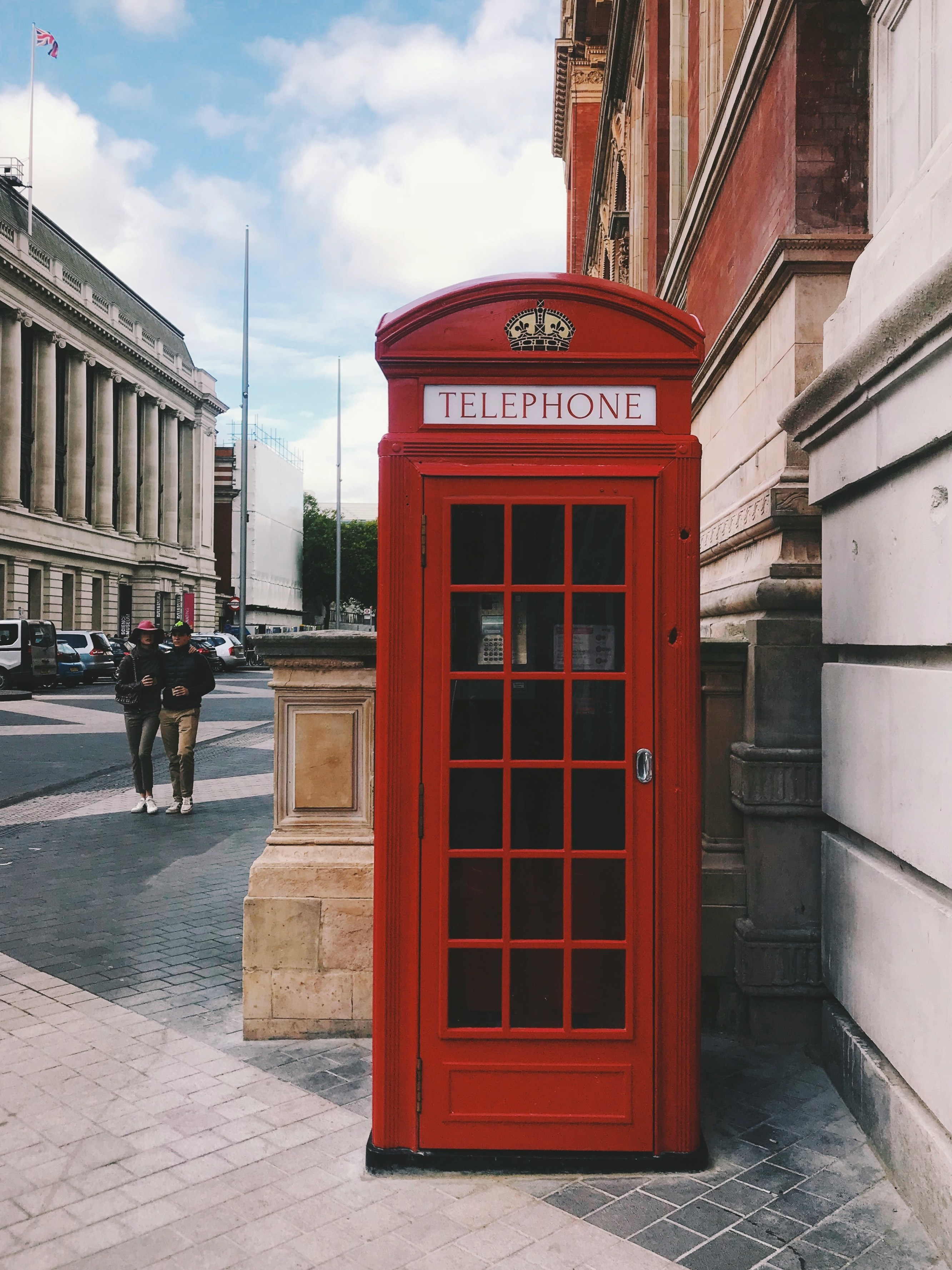
From the historic Tower of London and the majestic Buckingham Palace to the modern marvels of The Shard and the London Eye, London is a city that seamlessly intertwines its storied past with contemporary innovation.
London, the capital of the United Kingdom, is a dynamic and historically rich metropolis that perfectly blends history and contemporary. The city is well-known for its famous sites such as the Houses of Parliament, the Tower of London, and Buckingham Palace, but it also has a vibrant cultural scene that includes world-renowned institutions such as the British Museum, Tate Modern, and the West End theatre sector. London's many neighbourhoods, from the busy streets of Soho to the tranquil parks of Kensington, represent a multicultural tapestry, offering a wide range of culinary delights, fashion, and art. The River Thames winds through the city, adding to its picturesque attractiveness, while London's enormous public transit infrastructure, including the distinctive red buses and the Underground, ensures that the city's various attractions are easily accessible.
Guided tours starting in London
Our England tours all begin in London. So, before you start your guided tour of England, why don't you experience some of the highlights of the capital city? Starting in London, guided tours of England provide an in-depth look at the country's rich history while offering the ideal balance of urban exploration and rural charm. Beginning in London, tourists are often provided with an extensive rundown of the most well-known sites within the city. A typical itinerary destination is the mediaeval Tower of London, where guests may take in views of the Crown Jewels and hear intriguing tales from the Middle Ages. A glimpse into royal life can be had at Buckingham Palace, the official residence of the British queen, especially when the Changing of the Guard takes place. After that, you're free to see the remainder of England.
What to do before your tour of England begins?
Before embarking on a tour of England, spending some time in London will give you a rich and diverse experience of what the country has to offer. Here are some must-do activities in London:
Enjoy Cultural Experiences
The West End: Catch a world-class theater production in London’s equivalent of Broadway. Musicals, plays, and comedies abound.
Tate Modern and National Gallery: Explore a wide range of artworks, from contemporary installations at Tate Modern to classic masterpieces at the National Gallery
Shakespeare’s Globe Theatre: Experience a play in the reconstructed theater that captures the essence of Elizabethan performances.
Visit Museums and Galleries
Victoria and Albert Museum: Dive into the world of art and design with exhibits spanning over 5,000 years.
Natural History Museum: Ideal for all ages, explore exhibits on everything from dinosaurs to the marvels of the natural world
Science Museum: Engage with interactive exhibits and learn about significant scientific advancements.
Discover Neighborhoods and Market
Covent Garden: Enjoy street performances, boutique shopping, and vibrant dining options.
Camden Market: Explore eclectic stalls selling everything from vintage clothing to international cuisine.
Notting Hill: Wander through this charming neighborhood, famous for its colorful houses, antique shops, and the Portobello Road Market.
Experience London’s Green Spaces
Hyde Park: Rent a paddle boat on the Serpentine, visit the Diana Memorial Fountain, or relax in this expansive park.
Regent’s Park: Home to the London Zoo, beautiful gardens, and an open-air theater.
Kew Gardens: Explore the extensive botanical gardens with a vast collection of plants and stunning glasshouses.
Travelling Around London
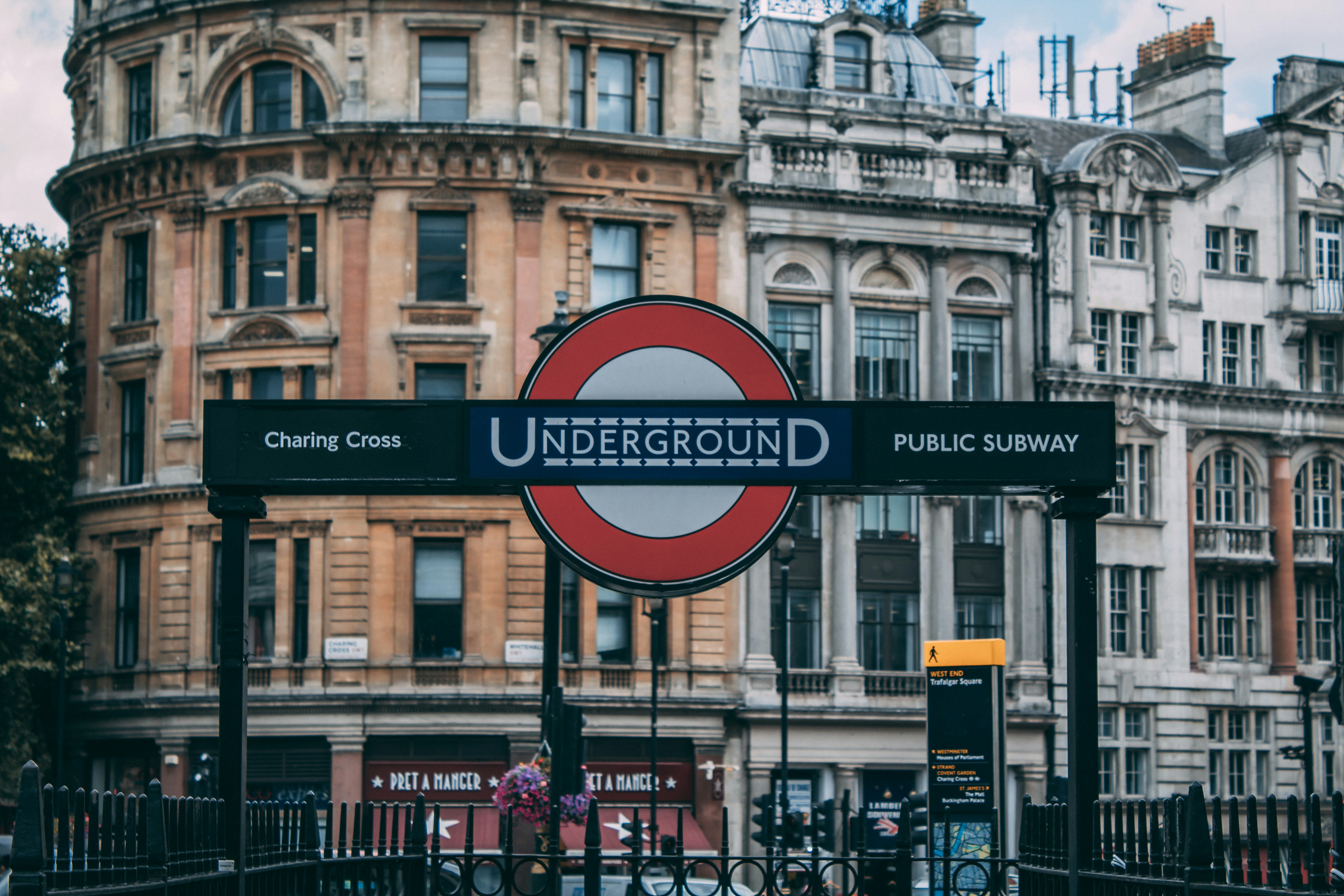
London’s transport network is a model of complexity and efficiency, seamlessly connecting millions of residents and visitors across the sprawling metropolis. This intricate system includes the London Underground, an extensive bus network, rail services, cycling infrastructure, and international airports, ensuring that every part of the city is accessible and well-connected.
The London Underground
The London Underground, or the Tube, is the backbone of the city’s public transport system. Established in 1863, it is the world's first and one of the largest underground railway networks. With 11 lines covering over 400 kilometres and serving 272 stations, the Tube handles millions of passengers journeys each day. Key lines like the Central, Piccadilly, and Northern lines connect major areas and attractions, while recent expansions, such as the Night Tube service on select lines, provide 24-hour connectivity on weekends, catering to the city’s vibrant nightlife and ensuring safe travel options during late hours.
Buses and Trams
Complementing the Underground is an extensive bus network characterised by its iconic red double-decker buses. With over 700 routes, the bus network ensures that even areas not directly served by the Tube remain accessible. Buses operate around the clock, providing vital connections and more scenic travel options across the city. The introduction of eco-friendly electric and hybrid buses reflects London’s commitment to reducing emissions and promoting sustainable urban mobility. The Docklands Light Railway (DLR), a driverless light metro system, serves the redevelopment Docklands area, connecting key financial districts like Canary Wharf with residential and commercial hubs.
Rail Services
London’s rail network extends beyond the city, linking it to suburban and regional destinations. Overground trains, managed by Transport for London (TfL), provide critical connections to outer boroughs and neighborhood counties, enhancing the city’s commuter belt. Major rail terminals like King’s Cross, St. Pancras, and Paddington are gateways to national and international destinations. High-speed services such as the Eurostar, departing from St. Pancras International, connect London to Paris, Brussels, and beyond, reinforcing the city’s role as a pivotal European travel hub.
Iconic Locations and Landmarks
The Tower of London
A historic castle on the banks of the Thames, this UNESCO World Heritage site has served as a royal palace, prison, and treasury. It's famous for housing the Crown Jewels and the legendary ravens.
Buckingham Palace
The official residence of the British monarch, this grand palace is a symbol of the UK’s constitutional monarchy. Visitors flock to witness the changing of the guard ceremony.
Big Ben and the Houses of Parliament
Situated along the Thames, the neo-Gothic Palace of Westminster houses the UK’s Parliament. Big Ben, the iconic clock tower, is a symbol of British democracy and history.
Westminster Abbey
A Gothic masterpiece, this abbey has been the coronation church since 1066 and is the final resting place of numerous monarchs and famous figures
St. Paul's Cathedral
Designed by Sir Christopher Wren, this Baroque-style cathedral is one of London's most enduring symbols. Its magnificent dome, one of the largest in the world, dominates the skyline and has been the site of many significant events, including the wedding of Charles, Prince of Wales, and Lady Diana Spencer.
London Eye
Offering spectacular views of the city, this giant Ferris wheel on the South Bank has become a modern symbol of London’s skyline.
Frequently asked questions
What is the best way to get around London?
London’s public transportation system is comprehensive and efficient. The London Underground (Tube) is often the quickest way to travel long distances within the city. Buses are great for shorter journeys and sightseeing. Cycling is increasingly popular with extensive bike lanes and bike-sharing schemes like Santander Cycles. For short distances, walking is often the best way to explore and enjoy the city’s neighbourhoods. Taxis and ride-sharing services are also widely available.
When is the best time to visit London?
London is a year-round destination. The best time to visit depends on personal preferences. Spring (March to May): Mild weather and blooming parks make it a pleasant time to visit. Summer (June to August) Warm weather and numerous outdoor events and festivals, though it can be crowded. Autumn (September to November) Cooler weather and fewer tourists, with beautiful autumn foliage. Winter (December to February) Festive atmosphere with Christmas market and lights can be cold and wet.
How expensive is London?
London is known for being an expensive city. Accommodations, dining, and attractions can be pricey. However, there are many ways to enjoy the city on a budget. Public museums and galleries, like the British Museum and the National Gallery, offer free entry. Additionally, using public transportation and eating at local markets or budget-friendly restaurants can help manage costs.
What is the weather like in London?
London has a temperate maritime climate. Summers are usually mild to warm (15–25 °C or 59–77 °F), while winters are generally cold but not severe (2–8 °C or 36–46 °F). Rain is common throughout the year, so it's always a good idea to carry an umbrella or raincoat.
Is London safe for tourists?
London is generally safe for tourists, with a strong police presence and low levels of violent crime in most areas frequented by visitors. However, as with any large city, it's important to stay vigilant, particularly in crowded areas and on public transport. Keep an eye on personal belongings to avoid petty theft, such as pickpocketing.
What is the public transportation fare system?
The most convenient way to pay for public transportation in London is with an Oyster card or a contactless payment card. Both offer cheaper fares compared to cash payments. The Oyster card can be used on the Tube, buses, DLR, London Overground, and some National Rail services. Daily and weekly fare caps ensure that you won't spend more than a certain amount each day or week.
Highlights of England
From the glittering capital of London to the historic market villages of the Cotswolds, ancient Stonehenge and the rolling hills of the Peak District, these are the highlights of our England trips.
United Kingdom guides
Start planning your trip to the UK with our helpful travel guide articles. Including the best time and places to visit and top tips including detail about currency, food, plug sockets and Wi-Fi!
Our customers say
Excellent
4.4 out of 5 based on 275 reviews
